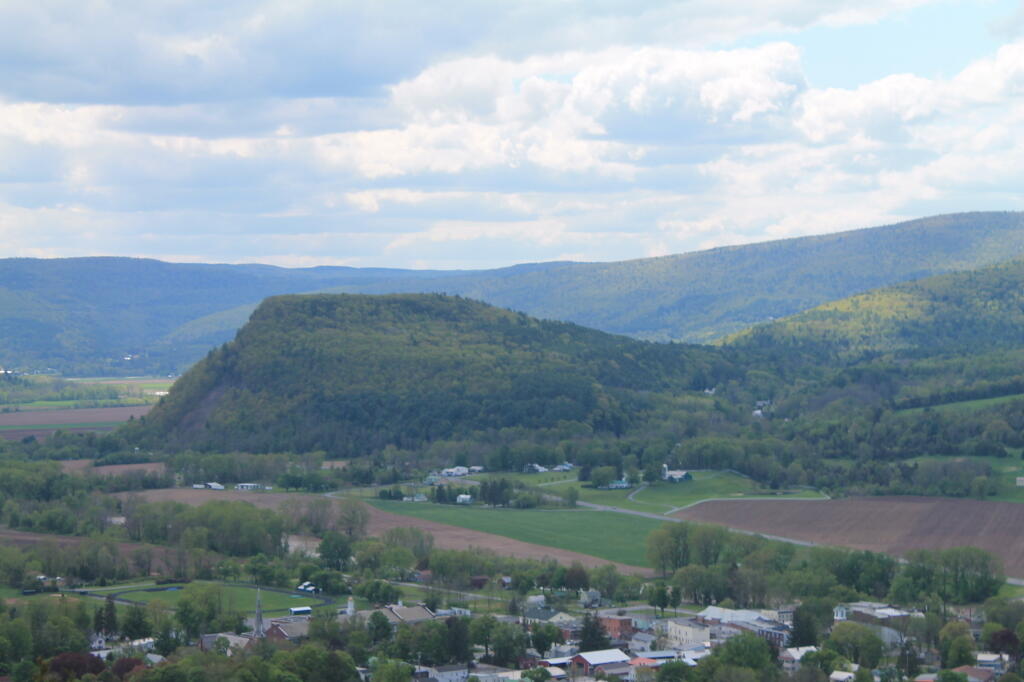Compass traverse | SpringerLink
125 Years of Topographic Mapping – ArcNews Fall 2009 Issue
In the late 19th century, surveyors created topographic maps in the field. They measured a series of points in the field, using tape and compass traverses with elevations determined with an aneroid barometer and used in a process known as field sketching to draw a terrain representation using contours. The introduction of the plane table and alidade, which could measure vertical angles, point positions, and elevations much more rapidly, greatly increased the accuracy of data shown on topographic maps but still required the surveyor to field sketch the contours after control points had been identified. The aid of a visual three-dimensional model in the office to construct the surface representation awaited the development of photogrammetry.
During this time, USGS maps were created at scales of 1:250,000 for 1-degree areas and 1:125,000 for 30-minute areas. The scales were increased with time, and by 1894, most of the maps were created for 15-minute areas and produced at a scale of 1:62,500. Features shown on the maps included civil divisions of state, county, township, and city or village; public works, including railroads, tunnels, wagon roads, trails, bridges, ferries, fords, dams, canals, and acequias; hypsography with contours and floodplain representations; and miscellaneous features of forest, sand, and sand dunes.
The reproduction of maps from the original field sketches used a lithographic printing process based on copper plates. The image of the topographic features was engraved on the copper plates. A three-color process was used with civil divisions and public works in black, hydrography in blue, and hypsography and miscellaneous features in brown.
Old map makers
I hate the map makers of 1893 who had roads off by a couple hundred feet on their maps. What were they thinking?
...
56 terrawatts of coal in context.🏭
With only 56 terrawatt hours of coal electricity generated in February 2020, it’s the lowest in the 21st century and probably the lowest in 50 years.
That month also saw significant renewable energy production. We saw 29 terrawatt hours of wind produced, 8 terrawatt of solar, 25 terrawatt hours of hydro. That’s a lot because renewable energy facilities are tough to site due to environmental resources consumed in their construction and because the fact they are not an established industry.
Non-renewable energy represents 126 terrawatt hours of natural gas and 66 terrawatt hours of nuclear nationally.
Taking lives
Another month of quartine wastes 1.5 million life years of New Yorkers which is another way to look at. Life is short, you can’t keep taking it from people.
